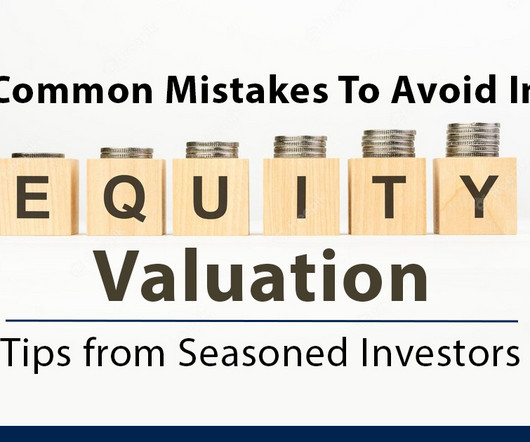Valuation of an AI technology startup
RNC
DECEMBER 20, 2023
Finding comparable companies with similar models and prospects is a challenge. Valuing intangible assets, like intellectual property, is inherently subjective and variable. Creative Solutions: Use industry benchmarks and comparable company analysis for data gaps.



















Let's personalize your content